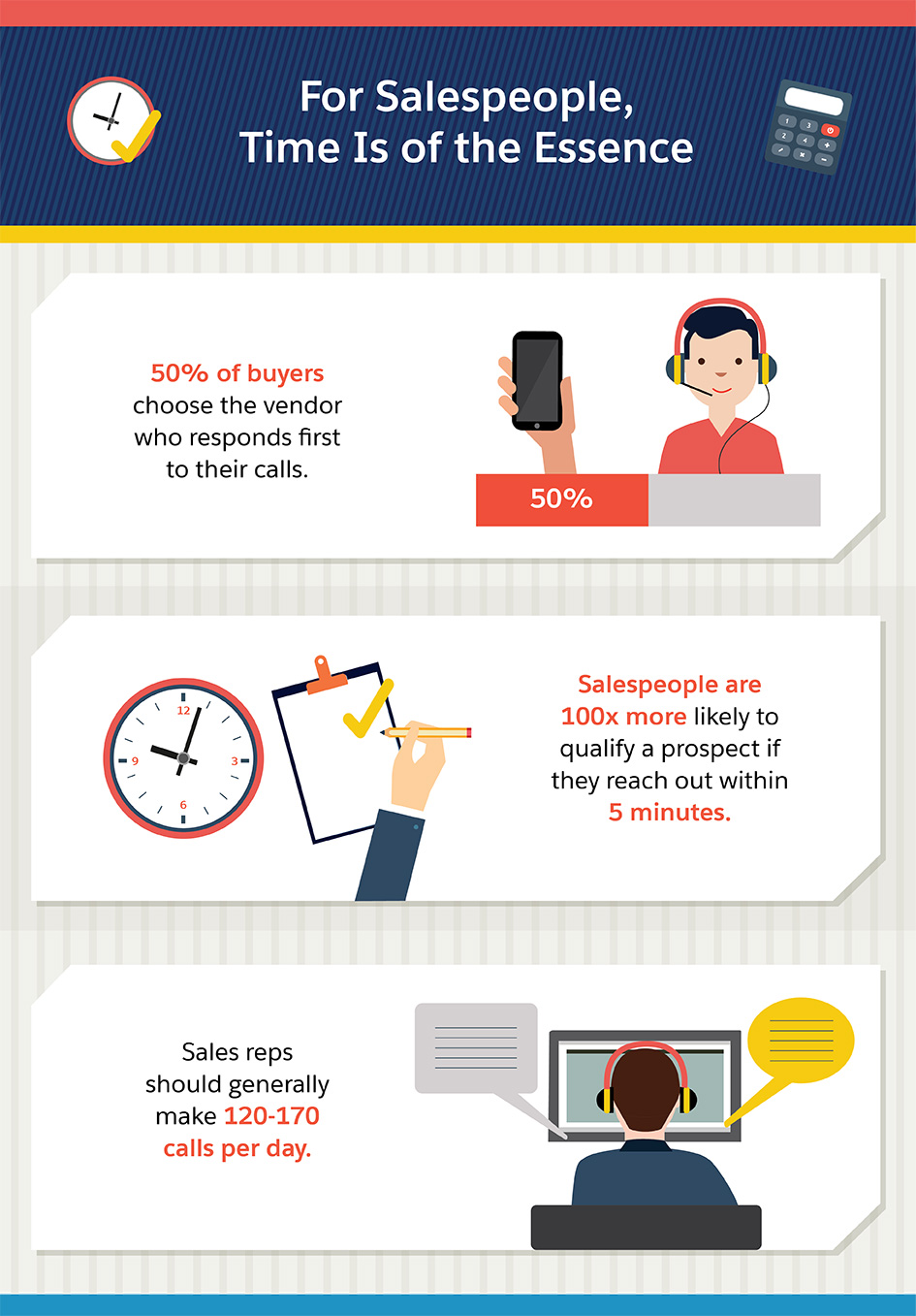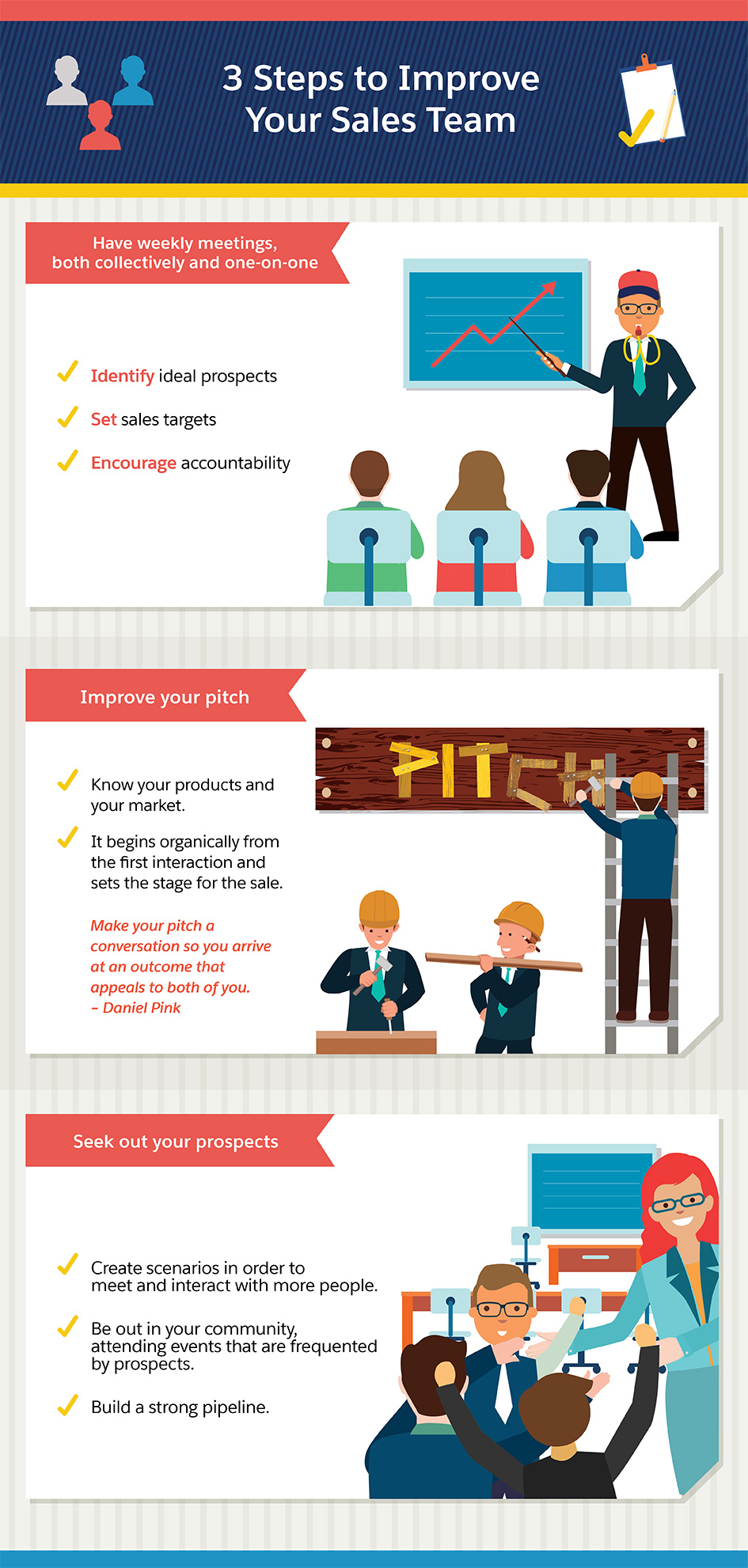Ask 10 people what it takes to create an amazing sales team and you’ll likely get ten different answers. Most will say training and development, aggressive salespeople, experienced team members, a competitive commission structure, and strong managerial leadership.
All are important elements, but some aren’t ideal for every situation (e.g., aggressiveness) or business category. And none of them comes close to the all-important areas that impact sales teams most: “Those three areas are people, purpose, and technology,” says Anthony Goins, who has spent more than two decades training and leading sales teams for some of the most well known brands on the planet. He continues, “If you get those three areas right, the other stuff falls into place.”
When it comes to creating a best-in-class sales team—one that outpaces even the top competitors—research points squarely at people, structure, and technology as the key areas needed for sustained success. This comes as little surprise to Goins, who has led teams whose revenue goals exceeded $100 million. He says sales success begins with people and expands from there.
Get the Right People
“You have to be a hunter,” he says of the types of sales team members needed. “They must be able to look a person in the eye and immediately gain their trust. A great salesperson has the ability to articulate, through general conversation, the value proposition of their product or service in a manner that differentiates what they are selling from the competition, but in a way that makes you want it. You never feel as though someone is pushing something on you. They do it in a manner that makes price a non-factor.”
For Salespeople, Time Is of the Essence
- 50% of buyers choose the vendor who responds first to their calls.
- Salespeople are 100x more likely to qualify a prospect if they reach out within 5 minutes.
- Sales reps should generally make 120-170 calls per day.

Goins says the qualities he’s looking for in those so-called “right” people are just as straightforward: high energy, highly enthusiastic, and great communication skills. “Some people try to minimize the role of energy when it comes to being a great salesperson, but it’s very important when you’re interacting with people, especially people you hope to make an impression on,” he says. “If you don’t have energy, you don’t have a great deal of enthusiasm and you can’t have a real, genuine conversation with people. You cannot be on my sales team.”
But not even the best people can do it without the necessary structure to promote optimal success. Something as simple as promptly returning phone calls can have huge implications for hitting sales targets. In fact, 50 per cent of buyers choose the vendor who responds first to their calls.
With this being the case, the importance of having an effective sales process in place can’t be overstated.
Define Your Processes
At Goins’ previous job, where he was the Chief Business Optimizer for a bank, he led a sales team that generated $110 million in sales during the first year. How did he do it?
3 Steps to Improve Your Sales Team
- Have weekly meetings, both collectively and one-on-one.
- Identify ideal prospects
- Set sales targets
- Encourage accountability
- Improve your pitch.
- Know your products and your market.
- It begins organically from the first interaction and sets the stage for the sale.
- Make your pitch a conversation so you arrive at an outcome that appeals to both of you. – Daniel Pink
- Seek out your prospects.
- Create scenarios in order to meet and interact with more people.
- Be out in your community, attending events that are frequented by prospects.
- Build a strong pipeline

He put in place a process that changed the way business was done, and the performance of the staff soared. Before his arrival, salespeople didn’t know how to set sales targets, and when they did, they lacked the necessary documentation. Seeing this, he set up weekly meetings with the team, both collectively and one-on-one. His goal was to provide clarity during the prospecting stage and to emphasize what comprised a true prospect.
Some of his salespeople were having conversations with prospects, and considered the conversation alone as the makings of a potential sale. Goins made the entire team aware that unless a prospect showed serious interest, they were not allowed to see the interaction as meaningful in terms of bringing a sale to completion.
“Sales is about a pipeline,” Goins says. “First, you get a referral. Simply having a conversation with someone is not strong enough for you to enter into the system as a potential. But if the prospect said, ‘Let’s meet next week about me moving my money over to your bank,’ that’s a serious prospect, one you can say has real potential.”
These conversations did two things that can greatly benefit any sales team: First, the added accountability increased sales and overall sales activity. Goins attributes the increase to the Hawthorne Effect, which postulates individuals modify or improve an aspect of their behaviour in response to their awareness of being observed. Second, it ensured team members were more cognizant of the need to build a strong pipeline, one they could return to over and over for leads.
These efforts fail miserably, however, if the salesperson and the person he or she is hoping to sell the product or service to never hit it off. That element of the process—the pitch—begins organically from the start and sets the stage for all interactions thereafter.
“The purpose of the sales pitch isn’t necessarily to move others immediately to adopt your idea,” says Daniel Pink, best-selling author of To Sell Is Human: The Surprising Truth About Moving Others. “The purpose is to offer something so compelling that it begins a conversation, brings the other person in as a participant, and eventually arrives at an outcome that appeals to both of you.”
Salespeople must create scenarios by which they can more often meet and interact with prospects. This is a discipline learned during the target-setting process, which Goins labels as the most important part of sales. To be effective at setting targets, salespeople have to know their products and their market; from there, the goal is to get in front of as many qualified leads as possible.
“You must be out in the community—your area or region—attending those events that are frequented by the folks you hope to do business with,” he says. “To be effective at increasing the pipeline, look at what events are you attending, who you know, and how are you working the phone. What you want are leads.”
Leads are hard enough to come by and can be difficult to convert. The process is easier for salespeople who have the technology needed to document their in-the-field efforts.
Commit to Technology
With Technology, Sales Pipeline Management Is Easy
- Only 26% of organizations use marketing technology extensively.
- A CRM keeps sales teams organized.
- View sales team members’ pipelines and monitor their efforts.

Only 26 per cent of organizations use marketing technology extensively, which Goins personally observed when he began work at the bank. They had the right people, he says, but the sales staff wasn’t doing a good job of keeping track of their work using the software available to them. A customer relationship management (CRM) platform helped Goins in two key ways: It allowed him to understand whether individual sales team members had a real pipeline. It also helped him understand who his best salespeople were.
“What I found was astounding: The majority of my revenue was being brought in by about 20 per cent of my sales staff,” says Goins. “So what using the technology allowed me to do was to start turning my sales staff over, which improved my margin because my labor costs started to go down.” The data from his CRM allowed him to create a scorecard, which he used to hold people accountable. With it he monitored not only sales and the process, but also the quality of the work his team was doing.
“If your paperwork is inadequately done, a bunch of people have to go behind you and make additional calls, and that re-work costs me money,” he says. “I could see all of that in Salesforce.”
Excellent, easy-to-use technology is a must for a sales team to thrive. But that technology is only as good as the teams’ commitment to using it.
Putting It All Together
Pink’s To Sell Is Human makes the case that a large portion of the world now works in sales in some form or fashion. No matter what we do, some part of our work entails coaxing others out of a resource they own: time, money, eyeballs (web traffic), filling out surveys, and more. That means, he says, that sales is a fundamentally human endeavor and one that can and should result in both parties getting what they want from a transaction.
What Pink’s book, Goin’s words, and some of the latest research shows is the sales landscape has changed, and salespeople must adapt along with it. Now, it’s as much about the human side—building a connection—as it is about casting a net far and wide to catch as many leads as possible.
That ability to connect, to help people get what they want and need while asking as little from them as possible, is what will help the teams soar, says Goins. Salespeople who make the sale while making the customer feel good about doing business with them, and who continue to service the client after the sale, will lead the way.
“You’ve got to differentiate yourself,” he says. “When you can make your customer so happy that they’re saying ‘Go over there and do business with Tony,’ you’ll start taking business from people.” Better still, he says, you’ll never need to look for work. You’ll always be in demand.

Share “The Three Must-Have Elements For Building Sales Teams That Soar” On Your Site


























